NORFOLK, Va. — Fueled by warm Atlantic Ocean waters, Hurricane Florence strengthened on Wednesday and is expected to spear into the Eastern Seaboard on late Thursday or early Friday, bringing devastation to coastal communities in the Carolinas.
Disaster preparations by Navy and Coast Guard crews continued Wednesday for the Category 4 storm, with vessels fleeing ports for safer waters and aircraft flying to bases deep inland to avoid the gathering gales.
At the same time, military forces on the Hawaiian islands, Northern Marianas and Guam began rescue and recovery efforts in the wake of Tropical Storm Olivia and Typhoon Mangkhut.

After two days of departures by nearly 30 surface vessels and submarines seeking safer Atlantic waters, a Navy Times tour Wednesday afternoon found mostly empty piers across Naval Station Norfolk.
Officials said that the aircraft carriers George H.W. Bush and Abraham Lincoln and 14 other surface warships had exited Norfolk and Joint Amphibious Base Little Creek by Tuesday evening.
The hospital ship Comfort joined them but other vessels were left behind.
Because they are undergoing maintenance, the guided-missile cruisers Gettysburg and San Jacinto will remain in Norfolk along with the destroyers Bainbridge, Ramage and Truxton, officials said.
Area shipyards also will keep 15 other vessels, including the amphibious warships Bataan, San Antonio, Mesa Verde, Whidbey Island and Carter Hall; cruisers Anzio, Vicksburg and Monterey; and destroyers Oscar Austin, Cole and Mahan.
“All the ships remaining at Norfolk Naval Station will be heavy weather moored, and anchors will be dropped,” said Naval Surface Forces Atlantic spokeswoman Lt. Cmdr. Courtney Hillson. “They have been disconnected from shore power and are generating their own electricity for the duration of the heavy weather.“
Naval Air Forces Atlantic spokesman Cmdr. Dave Hecht told Navy Times that crews are taking similar precautions with the carriers George Washington and Gerald R. Ford at the Huntington Ingalls Industries' shipyard in Newport News and the Dwight D. Eisenhower, which is tied up at Norfolk Naval Shipyard in nearby Portsmouth.
Hecht said that 125 planes and helicopters from Naval Air Station Oceana and Naval Station Norfolk have flown west to bases outside the expected path of Florence.
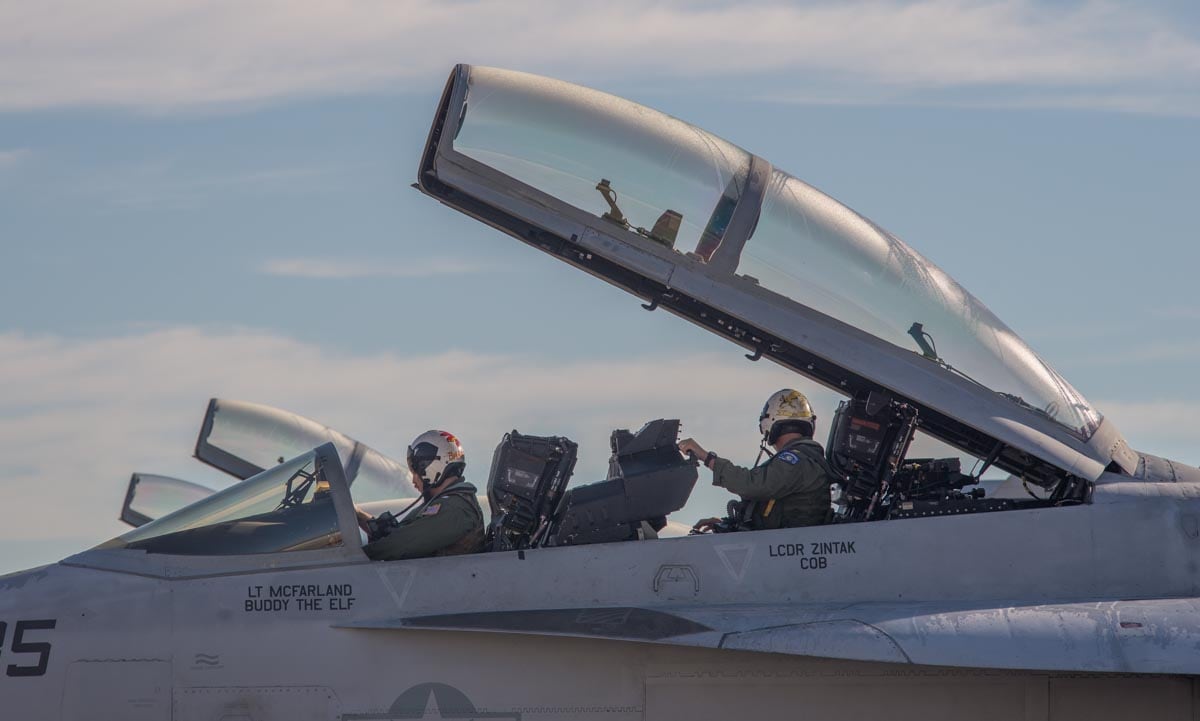
In Norfolk, Rear Adm. Charles Rock, commander of Navy Region Mid-Atlantic, ordered all installations set to Tropical Cyclone Condition Readiness Two for all those sailors who will remain ashore to weather high winds, pounding surf and heavy rains.
RELATED

Rock’s sailors on Wednesday continued to stack sandbags around buildings, move small watercraft into safe havens, relocate trash dumpsters and vehicles from low lying lots and clear debris from storm drains.
“Our team at Navy Region Mid-Atlantic has been working around the clock to provide support to both our military and civilian personnel, as well as their families, to insure their safety during this very stressful time,” said Rock in a written statement emailed to Navy Times.
“In addition, it’s equally important that we are able to recover as quickly as possible after the storm passes to support the fleet when they return.”
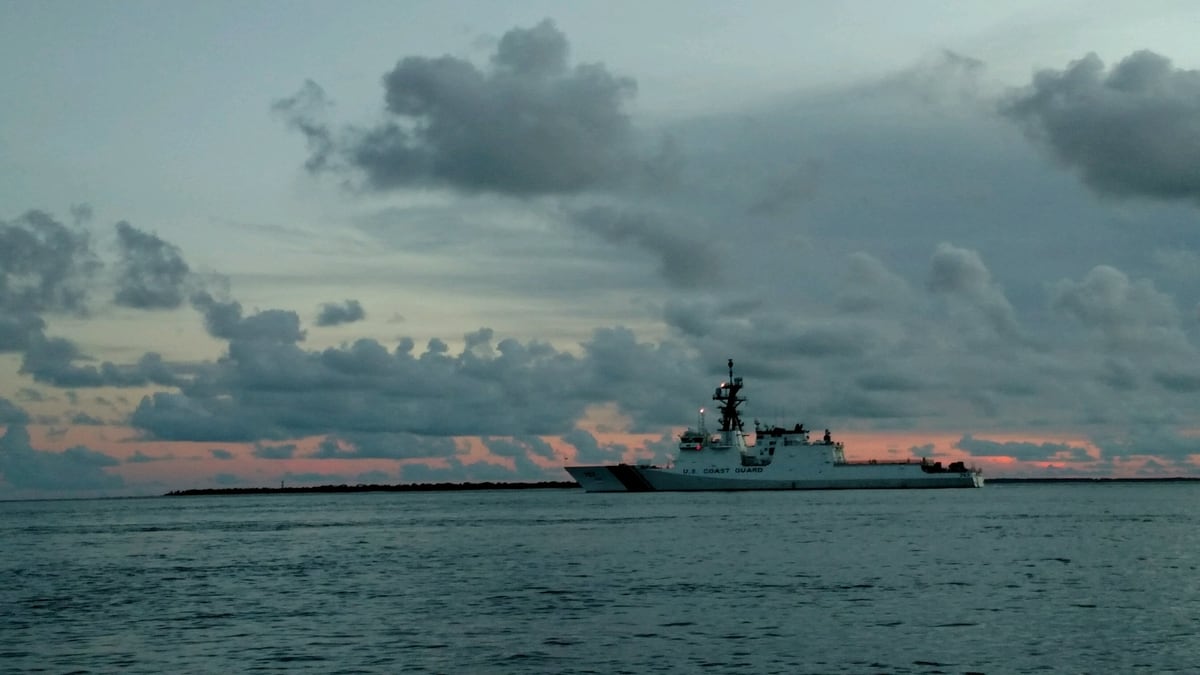
Mirroring the Navy, the Coast Guard cutter Hamilton on Tuesday left Charleston, South Carolina, and 47-foot Motor Life Boat crews from North Carolina’s Atlantic Beach took to sea on Wednesday.
Pilots from Air Station Elizabeth City in North Carolina also started flying helicopters and planes to bases west of the storm’s anticipated trajectory.
Commanders closed the North Carolina ports in Morehead City and Wilmington to commercial shipping Wednesday morning.
Coast Guard leaders have established a temporary incident command post at Seymour Johnson Air Force Base in Goldsboro, about 150 miles west of the North Carolina shore.
They’re also staging air crews near Charleston to reinforce rescue efforts after the hurricane hits.
The National Hurricane Center in Miami reported Wednesday that the eye of the storm continues to move northwest between the Bahamas and Bermuda and should make landfall late Thursday or early Friday.
With Florence now gusting winds at more than 130 miles per hour, National Weather Service forecasters warned citizens in the Carolinas and southern Virginia that all preparations to “protect life and property should be rushed to completion.”
North Carolina might be the hardest hit. Meteorologists predict rainfall of up to 40 inches in coastal counties followed by catastrophic flash flooding. Tornadoes should rip through the eastern portions of the state beginning Thursday, too.
Sea swells already are menacing the state’s barrier islands.
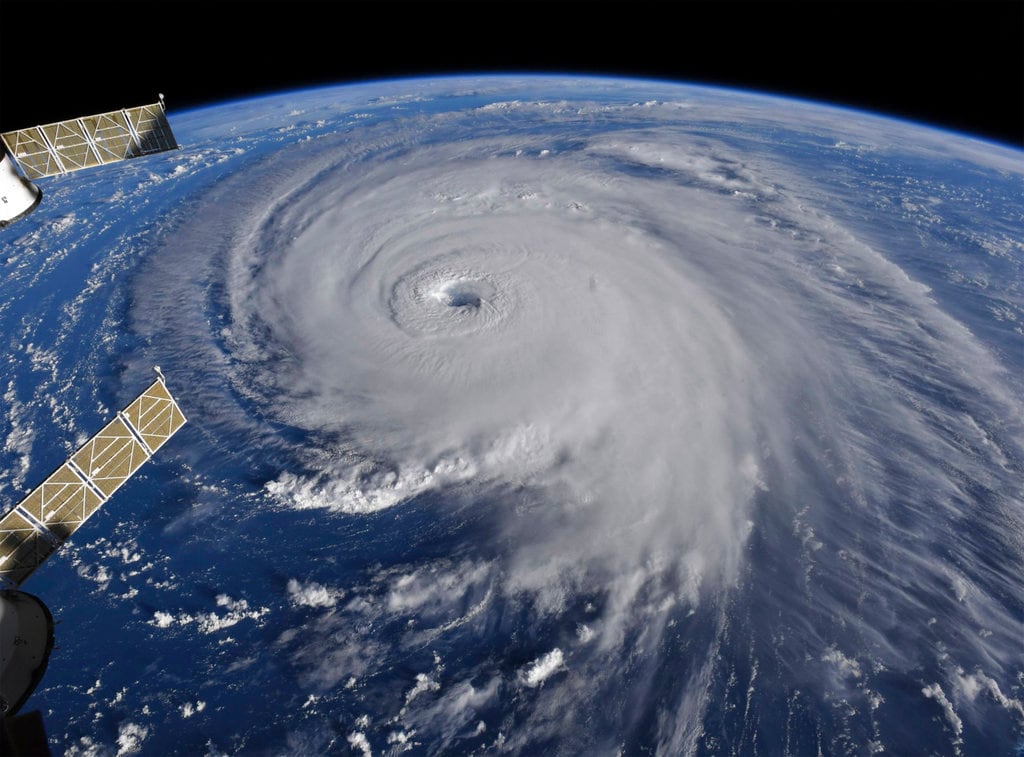
As Tropical Storm Olivia neared Hawaii, Coast Guard officials reached out to Navy Times to help locate the owner of a kayak spotted adrift by an MH-65 Dolphin helicopter crew off Dillingham Air Field on the North Shore of Oahu shortly before 1 p.m. on Tuesday.
The Air Station Barbers Point crew assisted the cutter Ahi and Department of Land and Natural Resource personnel to canvass the area and Coast Guard Sector Honolulu issued an Urgent Marine Information Broadcast to alert mariners but no swimmer was found.
Anyone with information about the kayak is urged to contact Sector Honolulu at (808) 842-2600.
Coast Guard crews will continue to monitor the waters for signs of a missing person but urged the owners of surfboards, canoes and kayaks to place “If Found” decals on their gear.
The stickers are available free of charge through the Operation Paddle Smart program.
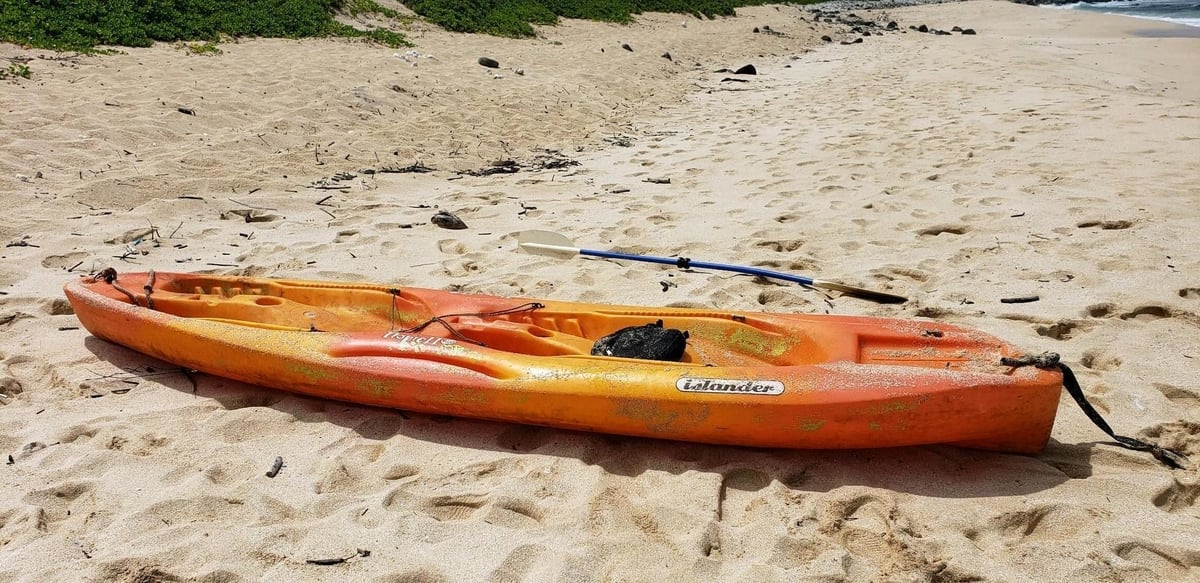
Coast Guard officials in Hawaii told Navy Times that rain was falling early Wednesday on islands already saturated from last month’s Hurricane Lane.
Their reports echoed warnings issued by the Central Pacific Hurricane Center in Honolulu, where officials announced that Olivia had nuzzled up to Maui and Molokai, packing sustained winds of 45 miles per hour.
Forecasters warned that up to 15 inches of rainfall will deluge the windward sides of the islands through Thursday evening, triggering flooding.
Anticipating the storm, on Tuesday Coast Guard officials shuttered commercial ports on the Big Island, Maui, Lanai, Molokai, Kauai and Oahu.
By Wednesday afternoon, however, their crews reported that ports on the Big Island and Kauai weathered Olivia well and officials in Honolulu ordered them reopened.
“We have been fortunate with regard to Olivia’s impacts thus far," said Capt. Michael Long, Coast Guard Captain of the Port Honolulu, in a written statement emailed to Navy Times. “We will assess Honolulu and Maui Counties once the storm has passed and it is safe to do so. These assessments will happen as quickly and safely as possible. We do not want to keep ports closed any longer than necessary.”
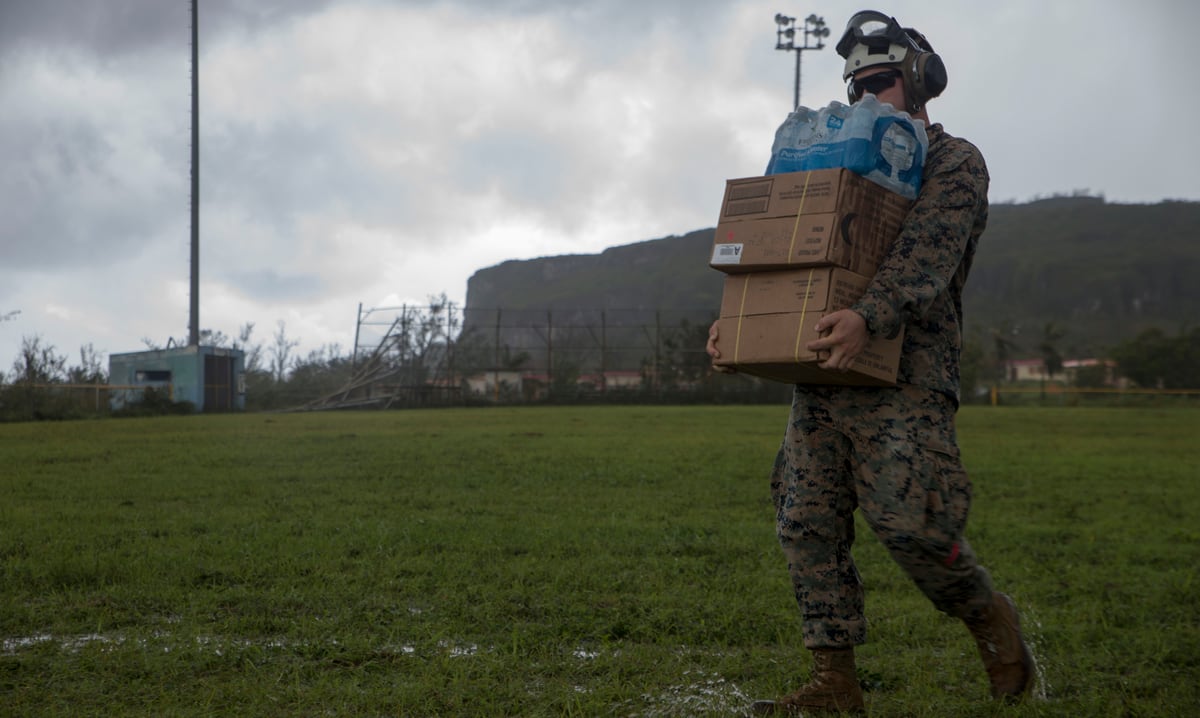
On Guam and the Northern Mariana Islands, U.S. crews continued recovery and relief operations in the wake of Typhoon Mangkhut.
Coast Guard cutters Washington and Kiska led a procession of commercial vessels back into Guam’s Apra Harbor on Wednesday morning, clearing the port to resume operations.
Gov. Eddie Calvo directed the Guam National Guard to send personnel to safeguard 52 displaced families sheltered at the Astumbo Gym, plus engineers and equipment to help restore power across the island.
“My staff and I have met with Guam Power Authority leaders; the GPA crews are working really hard and I commend them for that. We are in a place where we can help GPA continue their efforts to restore power while also helping to ensure the safety of their employees – many of whom have been out working since earlier this week,” said Calvo in a press release.
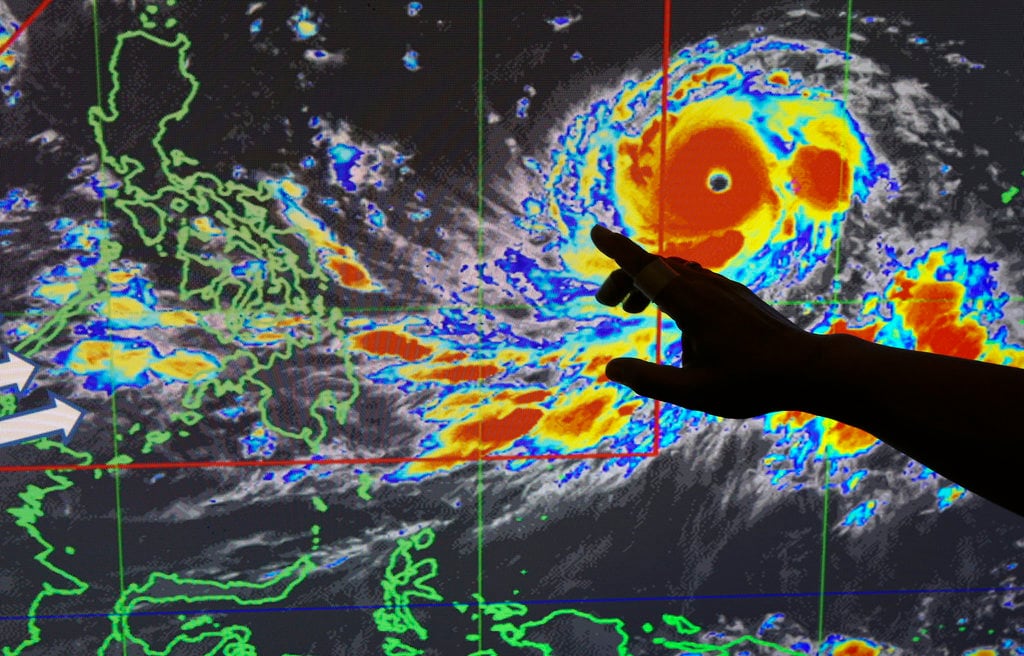
On Rota in the Northern Marianas, Marines and sailors in Combat Logistics Battalion 31 sped food and bottled water to local police to distribute to citizens digging out from the typhoon.
Part of the 31st Marine Expeditionary Unit and the Wasp Amphibious Ready Group, the battalion is coordinating relief operations with officials from the Federal Emergency Management Agency and Northern Marianas.
At Pearl Harbor’s Joint Typhoon Warning Center, forecasters warned Wednesday that Mangkhut had surged into a super typhoon.
With the eye of the storm about 750 miles east of Manila, Mangkhut is driving 43-foot waves and gusting winds nearing 160 miles per hour.
Called “Ompong” in the Philippines, it’s excepted to ravage islands there before pounding southern China.
Prine came to Navy Times after stints at the San Diego Union-Tribune and Pittsburgh Tribune-Review. He served in the Marine Corps and the Pennsylvania Army National Guard. His awards include the Joseph Galloway Award for Distinguished Reporting on the military, a first prize from Investigative Reporters & Editors and the Combat Infantryman Badge.
Mark D. Faram is a former reporter for Navy Times. He was a senior writer covering personnel, cultural and historical issues. A nine-year active duty Navy veteran, Faram served from 1978 to 1987 as a Navy Diver and photographer.



